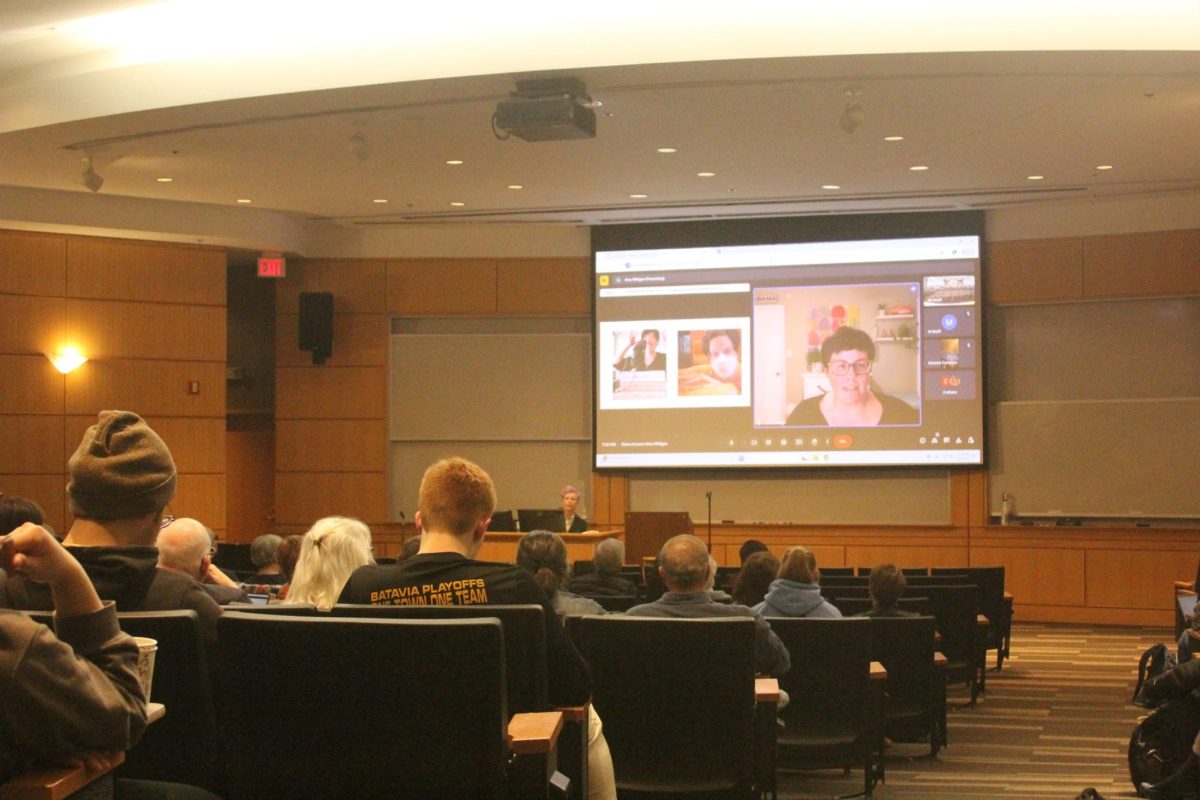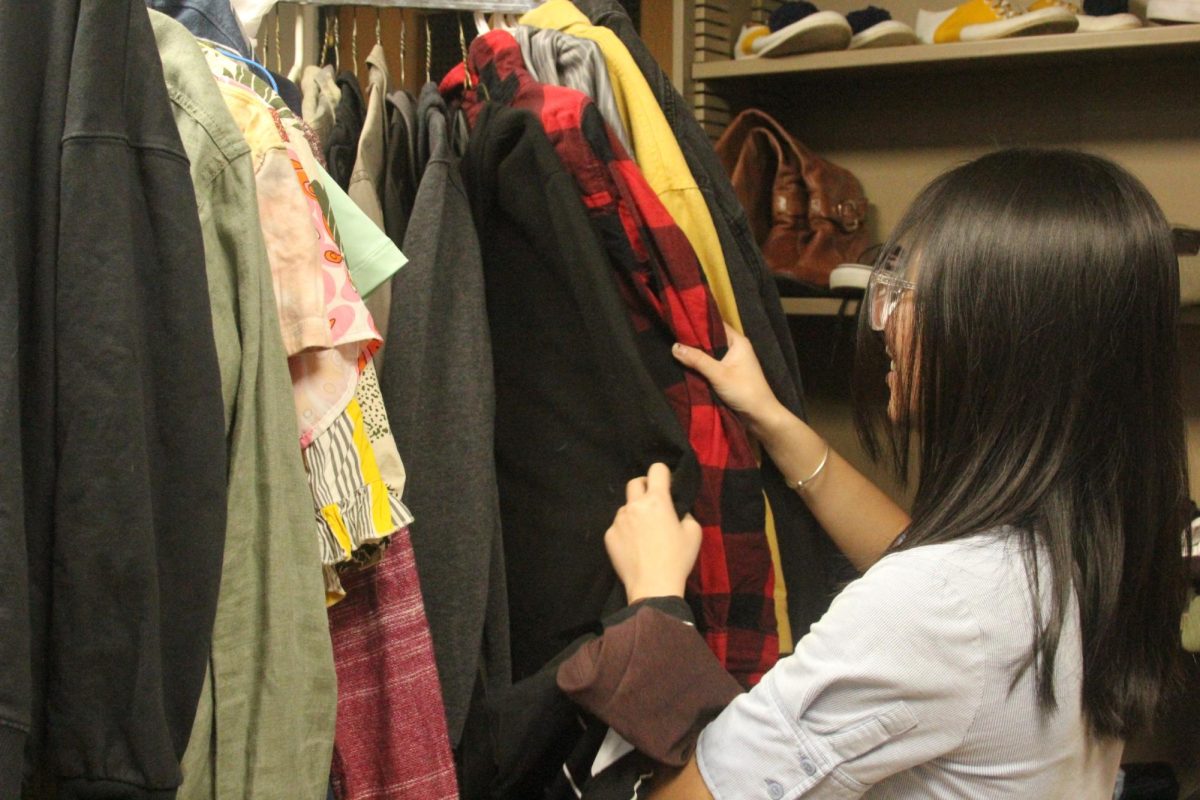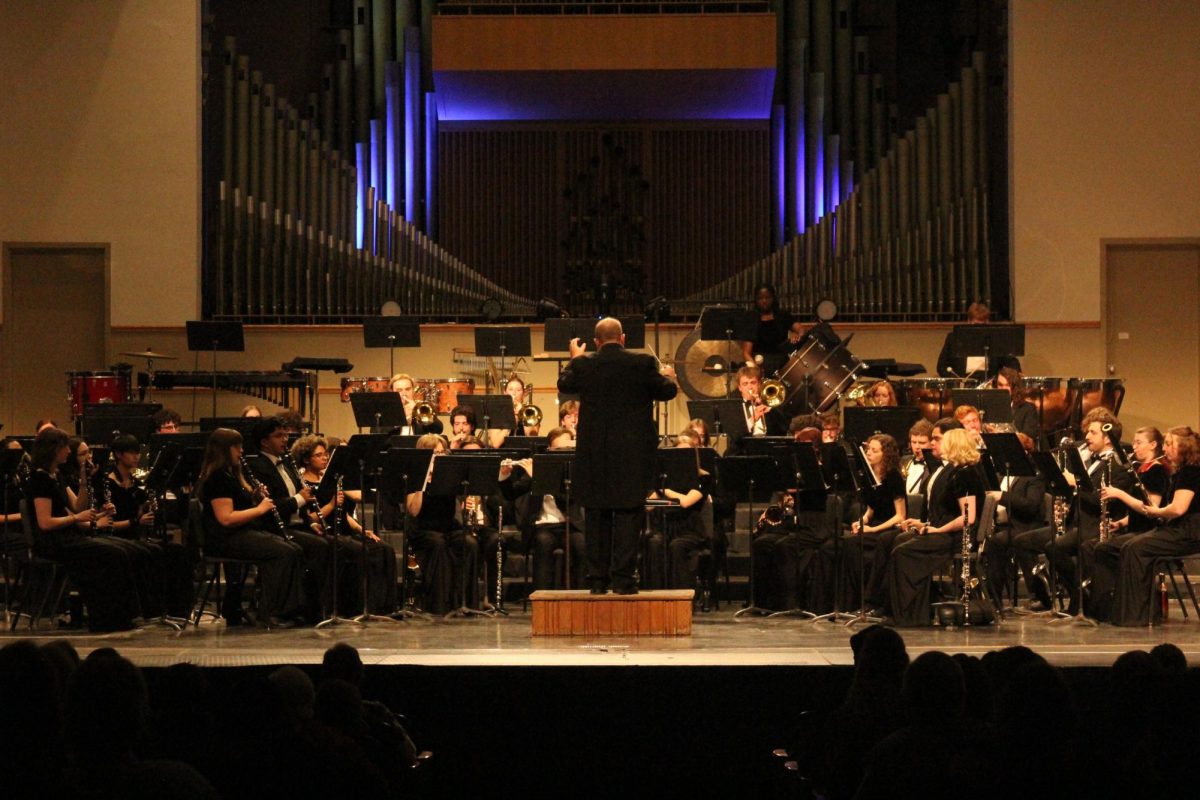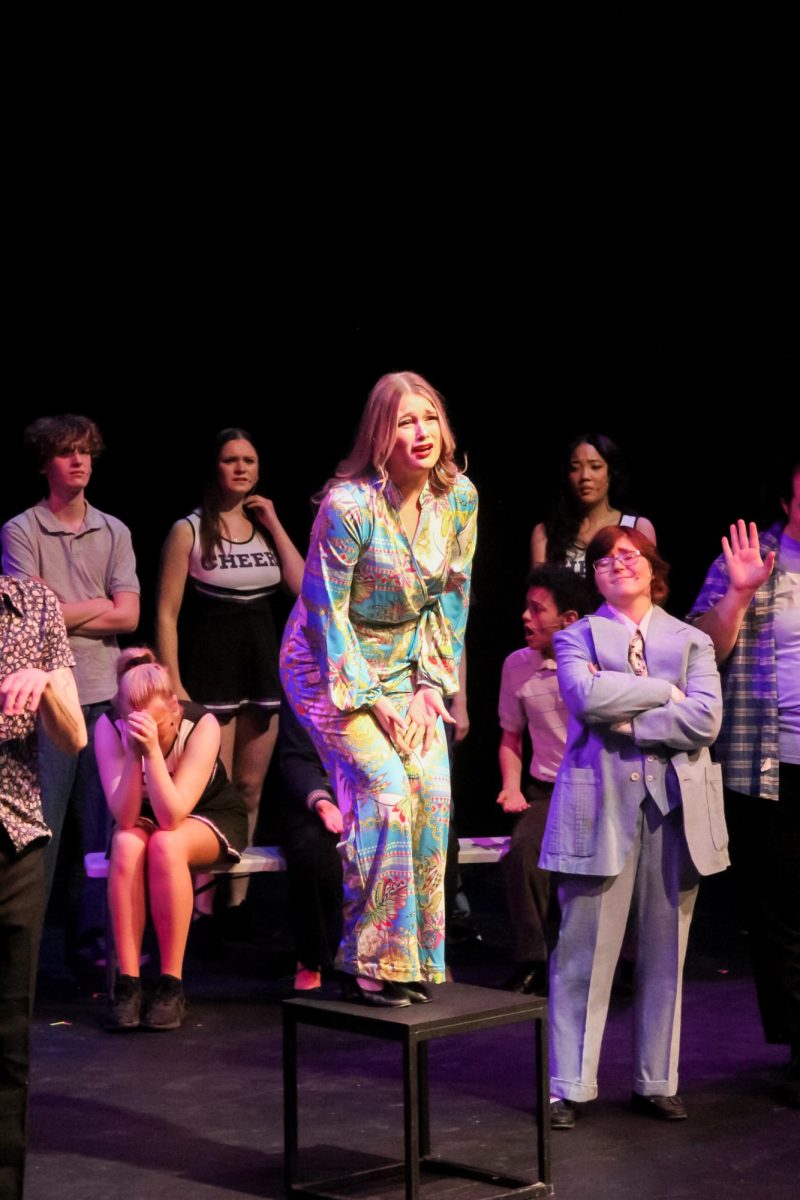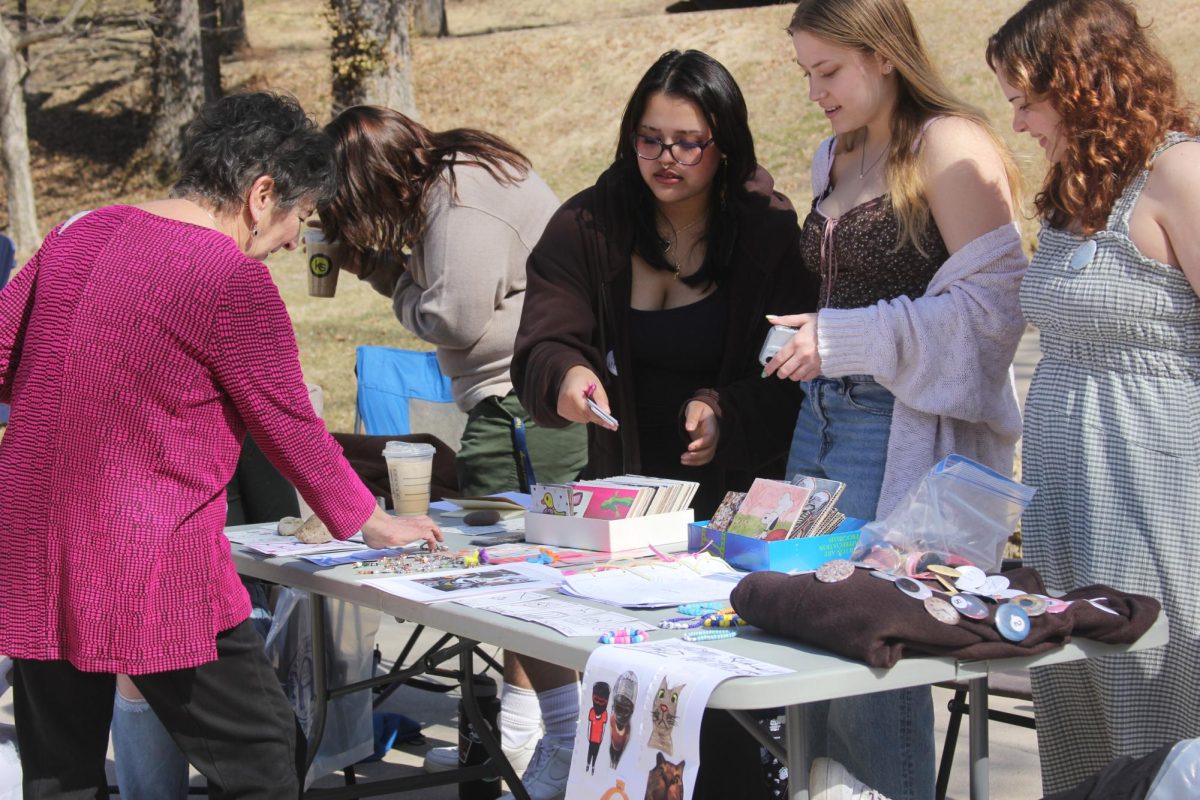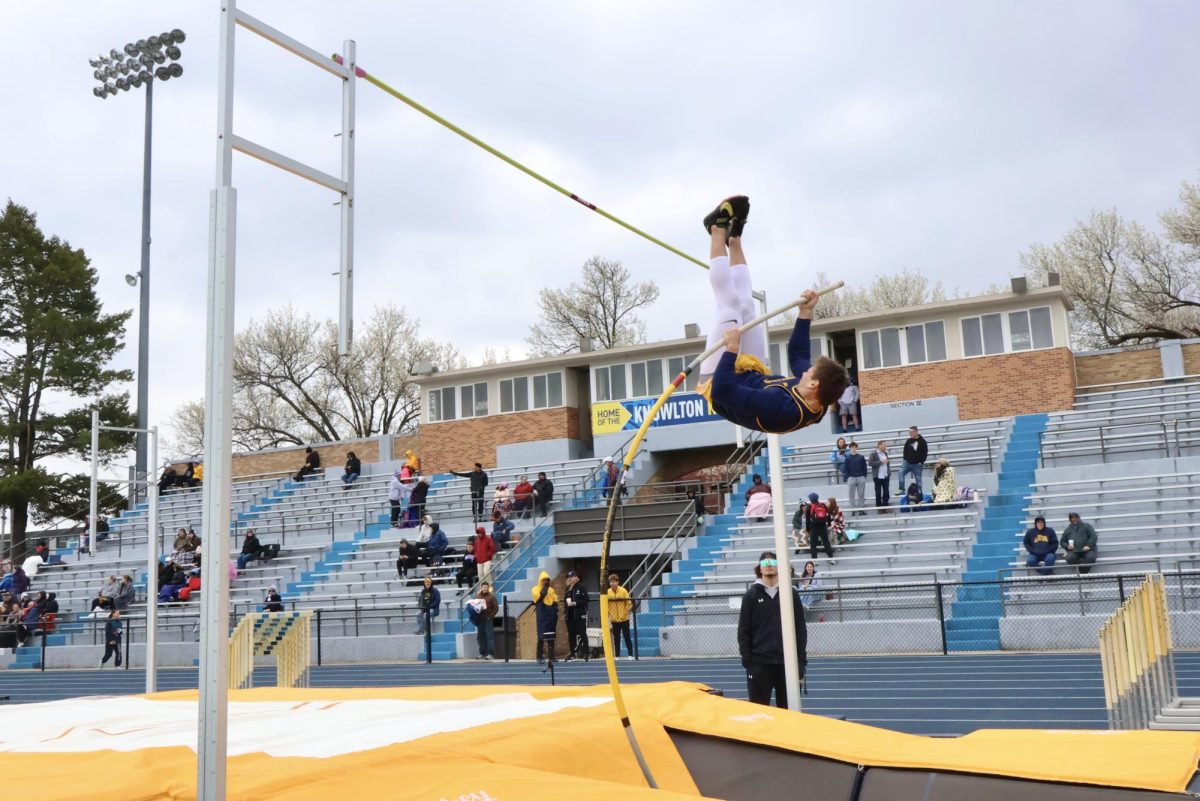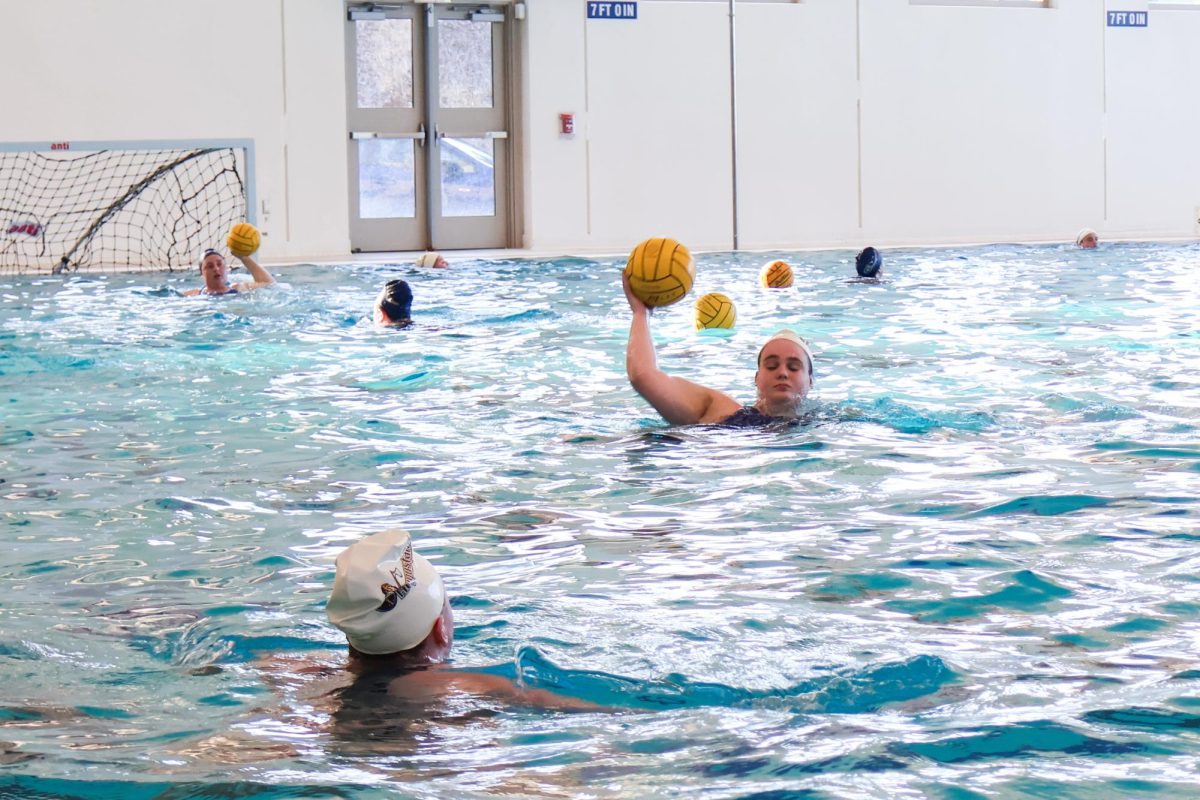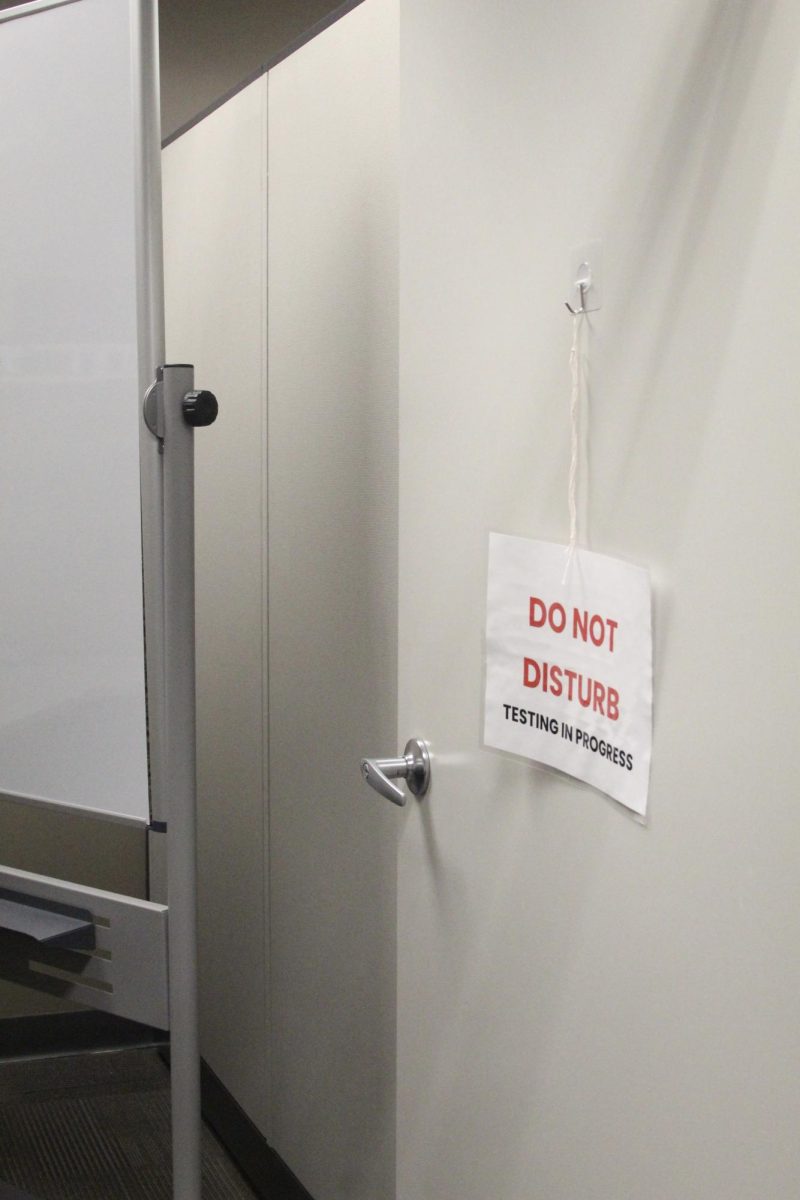For Stacie Hatfield, assistant professor of communication science and disorders (CSD) and director of the Barabara A. Roseman Center for Speech, Language and Hearing, captioning on videos played in the classroom is a “no-brainer.”
However, many other Augustana professors and faculty may not share Hatfield’s knowledge or training in the field of closed captioning, limiting overall student access to learning in the classroom.
According to an article in the National Library of Medicine, studies have shown that captions are beneficial to everyone who watches videos, increasing overall memory, comprehension and attention to the video that is being played.
Hatfield uses an analogy of a wheelchair ramp to explain how both can benefit anyone, regardless of if they have a disability or not.
“Using live captioning is no different than wheelchair ramps,” Hatfield said. “You don’t have to use a wheelchair to utilize a wheelchair ramp. You don’t have to have a mobility issue to benefit from there being a ramp versus stairs. You don’t have to have a hearing impairment to find closed captioning beneficial.”
Hatfield uses closed captioning to practice a multimodal learning approach in the classroom, incorporating both auditory and visual signals.
“If [a video is played and] at the same time being live captioned, then they can also read it,” Hatfield said. “So there’s also the visual component as well. And one of the things we know about learning is that using that multimodal approach is beneficial to anybody’s learning.”
Assistant Professor of CSD and Coordinator of the Disability minor, Cathy Webb, incorporates live captioning into her classroom as well, utilizing platforms such as Google Slides and PowerPoint.
“Recently both PowerPoint and Google Slides have added features where you can just click a button to turn on the captions while you play your slideshow,” Webb said.
Webb has a practice to never play videos without closed captioning in her classroom. Webb said this ensures that all students have access to the material presented.
“We know through research that having access to captions or subtitles gives better access to people who are deaf or hard of hearing but also to people who have auditory processing disorders, as well as those for [whom] English is not their first language,” Webb said. “So when you consider all of these different populations, every classroom at Augustana is going to have a student who fits into at least one of those categories in the room.”
Cesar Castillo is a sophomore at Augustana and an international student from Venezuela. Castillo believes closed captioning can be particularly helpful for him in perspective or literature-based classes.
“Sometimes in the perspectives, it’s more like reading, lectures and stuff, and it’s harder for me in [class work] content with essays and readings,” Castillo said. “Unlike math, which is almost the same because it’s numbers. It’s easier to understand.”
Anouar Bouhaddou, an international student from Morocco and a sophomore at Augustana, said captioning would be particularly beneficial in classes that require a deeper understanding of topics with more complicated vocabulary.
“For some classes, like sociology, psychology and everything, you need some help with some words,” Bouhaddou said. “So I’m trying to follow [along] with the professor, look at the slides and take notes, just to remind myself what the professor said. So, subtitles would be very, very helpful.”
Bouhaddou said that sometimes international students can feel ashamed and struggle in their level or understanding of English in the classroom setting. Bouhaddou said captions can help alleviate this issue.
“They [fellow international students] come to me for help, and they say, ‘I don’t understand that much in class. The professor is doing nothing for me,’” Bouhaddou said. “For them, it would be so helpful to have subtitles. Just to have some notes and try to learn things on their own.”
Ann Perreau, associate professor of CSD and audiology clinic coordinator of the Barabara A. Roseman Center for Speech, Language and Hearing, was a part of Augustana’s Accommodations Committee for Student Accessibility.
According to Perreau, Augustana’s Accommodations Committee for Student Accessibility surveyed 26 faculty members on accommodation resources and support in the fall of 2022. In a question on the survey titled, “What accommodations do you feel confident in AND have the ability to provide to students?” only 12% of faculty surveyed answered that they provide closed captioning.
Hatfield attributes this to the knowledge and training faculty may lack in the field of closed-captioning and auditory issues.
“I don’t know if, say, the math department is knowledgeable about those tools,” Hatfield said. “Because in their field, you don’t necessarily need to know about those things. So does faculty even know what is out there that would require very little effort on their part to incorporate?”
Perreau believes that although captioning videos in the classroom is a best practice, she can see how obstacles may arise throughout different classrooms and settings, and proposes an alternative transcript.
“I could imagine a lab situation where having closed captioning might be distracting because you need to do the work right in front of you,” Perreau said. “So again, I think the other alternative to closed captioning is providing things in writing. I do this often for people with hearing loss if I think about what I’m teaching and it’s a demonstration.”
Webb also highlights the problems videos without captioning or bad captioning can present for a classroom and professor.
She calls these “craptions.”
“Any content that we make ourselves is relatively easy to caption. But any content we get from somebody else?” Webb said. “That’s when it gets tricky. So if I’m going to bring in a video I found on YouTube, I don’t have the power to make them caption it.”
Webb said that although YouTube used to have community access on captions, allowing users to insert their own captions, it was removed due to users acting inappropriately.
“I absolutely think we should advise everybody to have captions, but I do also recognize that there are some real obstacles to doing that in a practical, everyday format. Because we aren’t in charge of everyone else’s content,” Webb said.
It is worth noting that auto-generated captions, sometimes an option on YouTube videos, are not always accurate but+ can be more beneficial than not having any captioning.
Webb encourages fellow Augustana professors and faculty to try captions out in the classroom, and that closed captioning isn’t as scary as it sounds Webb says YouTube captioning is quite simple once you get the hang of it.
“I think it’s a matter of prioritizing as well as recognizing that this is a really useful thing for a lot of people,” Webb said. “It’s not just one or two people that you’re impacting by doing this, but a large majority of your class could benefit from having this, making it worth the time and effort that it takes to do it.”

